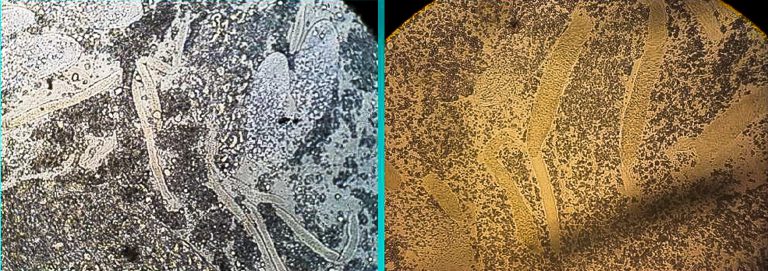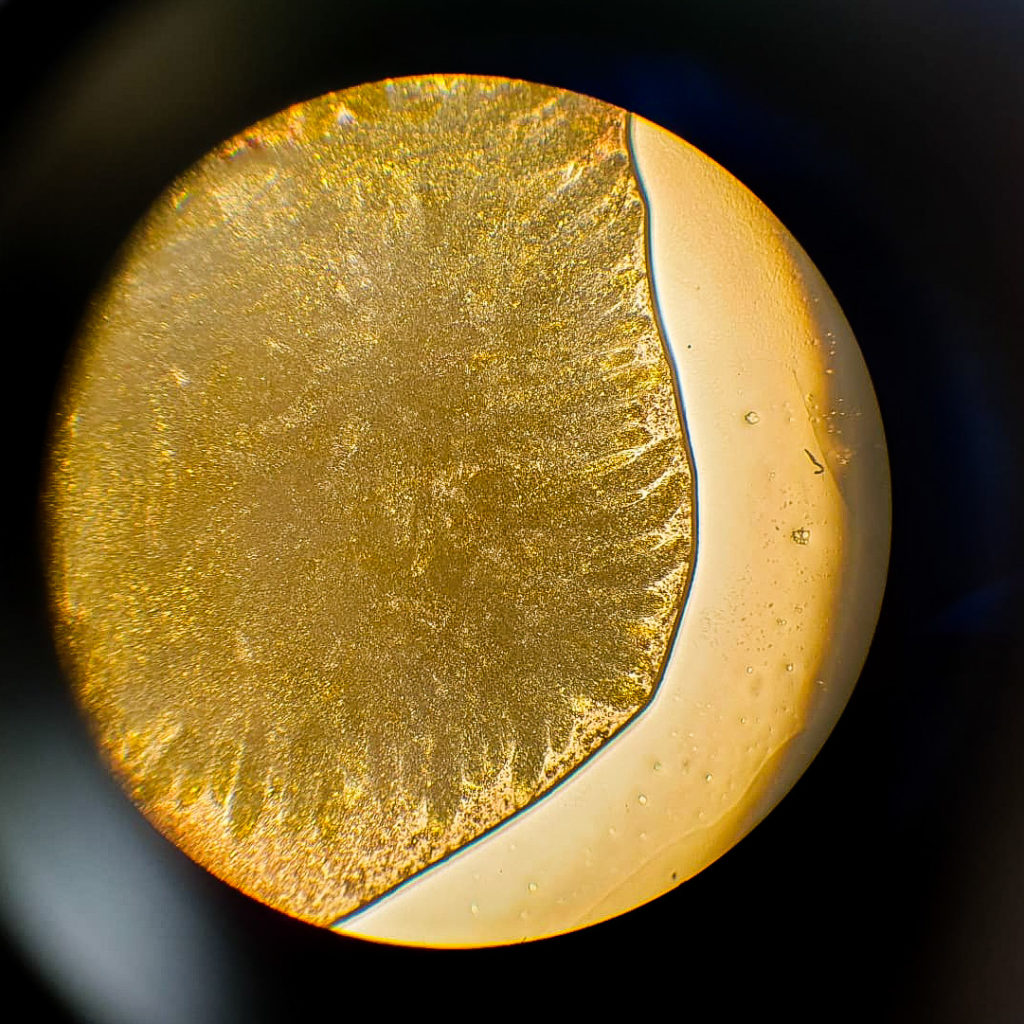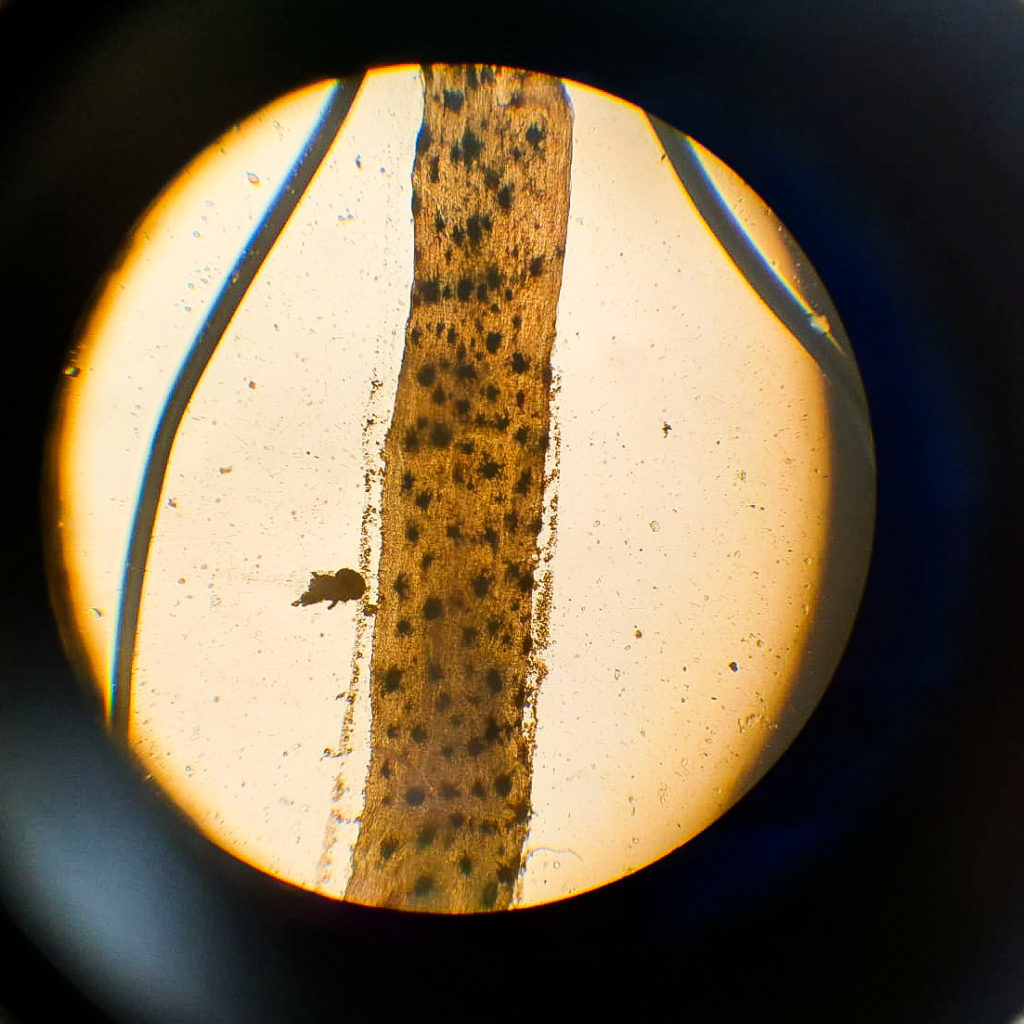Scientific background
probiotic solutions for aquaculture: mode of action and usage.
By Pedro Encarnação – Aquaculture specialist
RATIONAL
The host-microbe interactions are often qualitatively as well as quantitatively different for aquatic and terrestrial species. In the aquatic environment, hosts and microorganisms share the ecosystem. By contrast, in most terrestrial systems, the gut represents a moist habitat in an otherwise waterlimited environment. In some sense, microbes in an aquatic environment have the choice of living in association with the potential host (intestinal tract, gills, or skin) or not, while in the terrestrial environment, appreciable activity may be limited to aquatic niches such as those provided by the guts of host animals. Much more than terrestrial animals, aquatic farmed animals are surrounded by an environment that supports their pathogens independently of the host animals, and so (opportunistic) pathogens can reach high densities around the animal.
Surrounding bacteria are continuously ingested either with the feed or when the host is drinking. This is especially the case with filter feeders like shrimp, which ingest bacteria at a high rate from the culture water, causing a natural interaction between the microbiota of the ambient environment and the gut environment. For preventing and controlling diseases, particularly in aquaculture, the best method is to improve the health of culture organisms and eliminate pathogens by improving aquatic environment.
The use of beneficial bacteria (probiotics) to displace pathogens by competitive processes is being used in the animal industry as a better remedy than administering antibiotics and is now gaining acceptance for the control of pathogens in aquaculture, especially in shrimp farming operations. Probiotic bacteria competitively exclude the pathogenic bacteria or produce substances that inhibit the growth of the pathogenic bacteria (e. g. Bacitracin and polymyxin produced by Bacillus sp.).
Researchers have proved that the use of probiotic bacteria in aquaculture improves water quality by balancing bacterial population in water and reducing pathogenic bacterial load. Probiotics bacteria such as the Gram positive Bacillus species are widely used in aquaculture products. Bacillus species are commonly found in marine sediments and therefore are naturally ingested by animals such as shrimps that feed in or on the sediment. However, it is unlikely that a single bacterial species will be able to remain dominant in a continuously changing environment. The probability that a beneficial bacterium will dominate the associated microbiota is higher when several bacteria are administered then when only one probiotic strain is involved. Furthermore, when the host or its environment already carries a well-established and stable microbial community, it is much more probable that the probiotic will have to be supplied on a regular basis to achieve and maintain its artificial dominance.
In addition, intensive aquaculture farming produces large amounts of organic wastes within one crop. Much of these organic wastes materials accumulated in the pond and cannot be utilized by the phytoplankton through photosynthesis. These organic wastes compounds are quite stable, and do not have a tendency to break into simpler utilizable forms. Oxidation of these organic wastes compounds depletes the dissolved oxygen deep in the shrimp and fish ponds bottom soils, and formation of toxic metabolites such as hydrogen sulfide, methane, ammonia, and nitrite, thus contributing greatly to the mortality rates in aqua farming.
The biological degradation of the organic matter (feed and feces) present in the pond, gives rise to the production of ammonia (NH3) in addition to carbon dioxide (CO2) and water (H2O). Since ammonia is toxic to shrimp and other aquatic life at very low levels it is extremely important that it is removed. These removal processes are known as nitrification and denitrification, which involve the oxidation of ammonia to nitrites and nitrates, and the reduction of nitrates via nitrites to nitrogen gas (atmospheric nitrogen). These processes are carried out by specialized organisms called nitrifying and denitrifying bacteria.
Under these circumstances the proactive approach is to add such cultures. Thiobacillus sp. and Paracoccus sp. are active cultures that will start to oxidize the ammonia and reduce the nitrate as soon as they are added to the system. These strains work in harmony with the existing biomass and increase its overall efficiency to improve elimination of ammonia, nitrites and nitrates, and improve water quality and pond environment.
There are further cultures that also incorporates pure enzyme blends (proteases, amylases, cellulases, xylanases) to degrade all the principle organic constituents normally found in shrimp and fish ponds. These specific enzymes can promote the pre-digestion of certain complex nutrients and facilitate the release of highly digestible nutrients. Each enzyme can act to catalyze only very selected chemical reactions and only with very selected substances. For example, proteases work on proteins, amylases work on starches, cellulases work on cellulose and lipases work on lipids or fats. Recall that cellulose is the major cell wall material in plants and is therefore quite durable.



Photo above: scientific book
Photos down: own examination